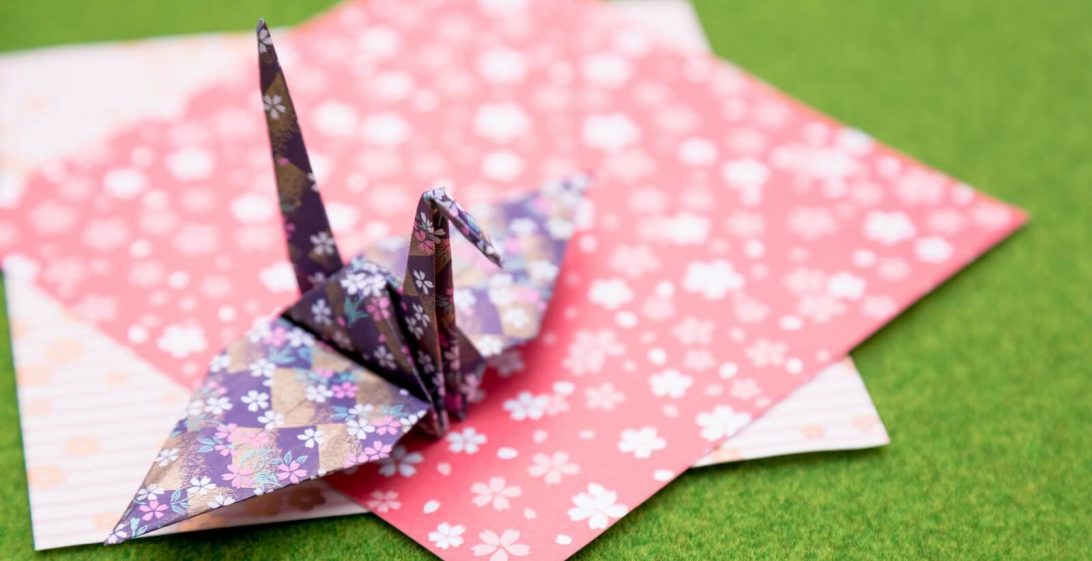
It is how to make origami of two rabbits lined with rabbits.
It is likely to be able to reproduce the appearance of rabbit group etc. gathered in the grassland, lined up a lot.


It is how to make origami of two rabbits lined with rabbits.
It is likely to be able to reproduce the appearance of rabbit group etc. gathered in the grassland, lined up a lot.


Fans are a type of tool that raises the wind with a fan by hand.
Since ancient times, fans have started with wooden products, tofu and animal hair, Basho’s leaves, and became the present form that uses bamboo bone and paper as a material in the Muromachi period.
In the Meiji Era, exports to overseas began, the demand for distribution of merchants soared, and it gained significance as an advertising medium.


Bell peppers are fruit of solanaceae. In the Meiji era that came into Japan, it was also called western pepper, sweet red pepper.
Green is immature. When ripening it turns red, orange, yellow.
Other unmature, white, black or purple one, but it turns green when heated.

Watermelon fruits are considered vegetables in the field of gardening, but they are regarded as fruits in fruit and vegetable markets.
Pulp occupies more than 90% of moisture, there are red and yellow ones.

In Japan, the hat rapidly became epidemic because of the sharp decline of men who committed a grudge due to the staple order in the Meiji era.
In addition to indicating specific ways of wearing, areas and subcultures to which hats belong, there are also pseudo meanings that are close to uniforms.

From the idea that the butterfly is beautiful and harmless, it is also the most popular in insect collection.
Notions of butterflies related to human death and spirit are seen throughout the world. Butterflies are regarded as symbols of soul and immortality in Greece, while butterflies are regarded as symbols of resurrection in Christianity.

Alongside the beetle, it is a popular insect from children to adults.
How to collect depends on the type, such as light, trap, sap, cave, material.